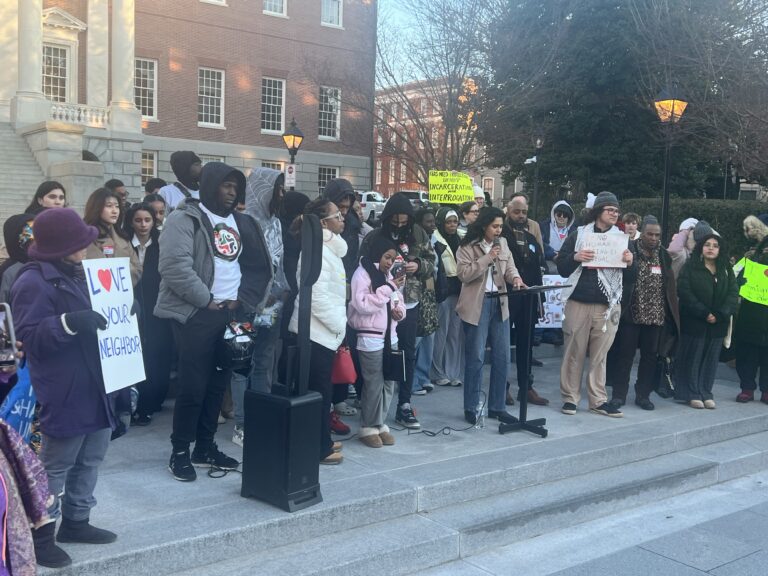The overdue national attention on the erosion of teacher salaries across the nation couldn’t come at a more urgent time. According to a new paper by the Economic Policy Institute (EPI), the teacher pay penalty – the percent by which public school educators are paid less than comparable workers – has reached an all-time high.
When adjusting only for inflation, the researchers found that teachers, compared to other college graduates, are paid nearly $350 less per week in salary in 2017, or 23 percent less.
When they adjusted for education, experience, and demographic factors, the gap had barely shrunk – 18.7 percent, up from 17 percent in 2015.
While benefits such as health insurance and retirement improved for teachers relative to other professionals during that period, the total compensation (wage and benefit) penalty for public school teachers grew from 10.5 percent to 11.1 percent in 2017.
“This growing compensation penalty is a key part of the story of changing teacher pay but shouldn’t obscure the importance of the wage penalty alone—only wages can be saved or spent on housing and food and other critical expenses,” the authors write.
The teacher pay penalty has grown significantly among women. In 1960, female teachers earned 14.7 percent more than comparable female workers, an advantage that lasted throughout most of the 1970s but was completely erased by the 1990s. In 2017, the wage gap for female teachers was 15.6 percent.
The male teacher wage gap is actually much wider, standing at 27 percent in 2017.
Not surprisingly, the largest pay gaps can be found in the same states that saw large-scale protests this year over salary and education funding: Arizona (36.4 percent), North Carolina (35.5 percent), Oklahoma (35.4 percent) and Colorado (35.1 percent). Overall, weekly teacher pay lags by more than 25 percent in 16 states.
There is no state where teacher pay is equal to or better than that of other college graduates.
“Wages for teachers have been falling relative to comparable workers all over the country for many years,” says Lawrence Mishel, EPI Distinguished Fellow and co-author of the paper with University of California at Berkeley Economist Sylvia Allegretto.
“Deteriorating teacher pay is not just a fairness issue. Eliminating the teacher pay penalty is crucial to building the teacher workforce we need. In order to recruit and retain talented teachers, school districts need to address the inadequacy of teacher pay,” said Mishel. “As we’ve seen across the country in states like Washington, Arizona, and Oklahoma, teachers are tired of working demanding jobs with low pay.”
In large part because of meager pay – along with increased pressure from testing, ballooning class sizes, and deteriorating working conditions – many school districts have been unable to fill teaching positions in 2017-18.
Judging by a recent poll by Phi Delta Kappan that found two-thirds of Americans believe teacher salaries are too low (and would support educators in the own communities if they went on strike for higher pay), the public appears wiser to the reckless decisions made by lawmakers that are hurting our schools.
As the EPI paper makes clear, blaming the Great Recession for the widening teacher wage gap no longer holds any water in light of fiscal policies in states – including Arizona, Oklahoma and North Carolina – where the teacher pay penalty is largest.
According to a recent report by the Center on Budget and Policy Priorities, seven of the 12 states that have cut education funding by at least 7 percent over the past decade also enacted deep tax cuts for the wealthiest individuals and corporations, costing hundreds of millions of dollars.
It’s a “man-made crisis” says NEA President Lily Eskelsen García, and it’s the students who pay the price for low teacher salaries.
“Public school teachers deserve professional pay for professional work,” Eskelsen Garcíasaid “Low teacher pay comes at a very high cost. To recruit and retain talented teachers for the long-haul we have to pay them what they’re worth.”






